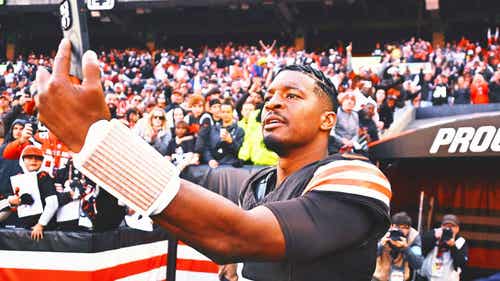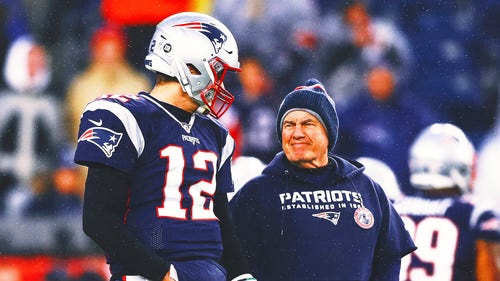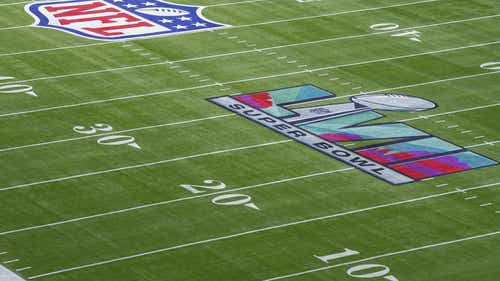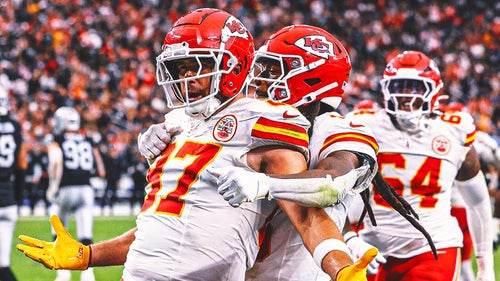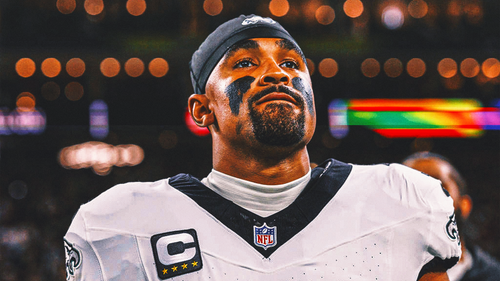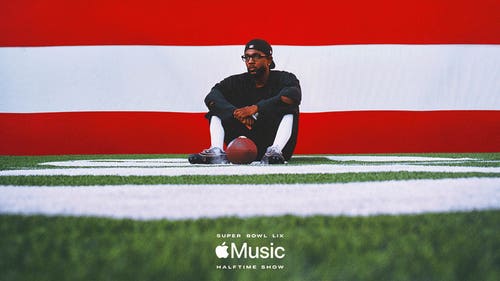
What Are The Risks In Brees’ Return?
By Dr. Matt Provencher
FOX Sports injury expert
The injuries sounded horrific, especially for a 41-year-old quarterback who has taken countless hits during his 20 NFL seasons.
After reportedly suffering 11 broken ribs and a collapsed lung, Drew Brees was placed on injured reserve by the New Orleans Saints on Nov. 15.
Emmanuel Acho: It's genius for the Saints to play Drew Brees vs Chiefs | SPEAK FOR YOURSELF
But after missing four games, in which the Saints went 3-1 with backup Taysom Hill at the helm, Brees will return to the starting lineup Sunday when the Saints host the defending Super Bowl champion Kansas City Chiefs.
The Saints have slipped out of the top seed in the NFC after losing at Philadelphia in Week 14, so they will turn to Brees to try to get back on track.
As the veteran QB returns to the lineup, let’s examine what we know about Brees’ injuries and assess what the limitations and risks will be for the future Hall of Famer when he returns to action.
Brees sustained the collapse lung and some of the fractures in his right rib cage during the Saints’ Week 10 victory over San Francisco when he was sacked by Kentavius Street. The play resulted in a personal-foul call against Street, whose weight landed atop Brees, but the 49ers defensive lineman was not fined for the hit.
Upon examination for those injuries, more broken ribs were discovered, which Brees is believed to have suffered in a 38-3 victory at Tampa Bay in Week 9.

Fractures in the ribs can create "bony spikes" that puncture the lining of the lung, called the pleura. (Images via Wikimedia Commons)
Our data shows that when quarterbacks sustain three or fewer rib fractures, they usually miss an average of 1.5 games.
For lung issues and a higher number of fractures, such as what Brees is dealing with, quarterbacks usually return in 4.5 weeks, with a range from two weeks to nine weeks. The timetable varies due to other issues such as the severity of the lung issues and the ability to use "core strength" to throw the football.
Typically, the lung collapse occurs because the rib fractures have very sharp ends, and the breakage creates "bony spikes" that can puncture the lining of the lung, called the pleura. Lungs can recover fairly quickly, typically in two to three weeks.
Physical activity has not been shown to delay healing, but it’s important to wait until the lung is "back to normal" before resuming activity.
With Brees back after missing four weeks of action, the Saints medical must be satisfied that he is ready for such a strain.
So, with Brees returning for the NFC South leaders, what type of performance can the Saints expect in the final three weeks of the regular season and the playoffs?

The intercostal muscles are extremely important for core force generation, which is used in the throwing motion. (Images via Wikimedia Commons)
Our data shows that after sustaining more than four or five broken ribs, quarterbacks usually experience an 8-12 percent decline in performance during the first two games back. (That compares to only a 3-5 percent decline for QBs who break three ribs or fewer.)
What causes this dropoff? The muscles between the ribs (the intercostal muscles) and the serratus anterior and other core muscles are very important for stabilizing the throwing shoulder. They also stabilize the scapula bone, which, in turn is important for the shoulder joint to work well. Thus, the core and ribs for which several muscles attach, need to be healed to allow force generation (such as when throwing a football) from the core muscles.
So, as Brees gets back on the field, what is the likelihood of reinjury? It is certainly a concern as recurrent rib injuries can happen. Brees needs to avoid direct compression with force across the rib area.
There are several ways to mitigate reinjury, and this is an area where athletic trainers in the NFL shine.

Technological advancements in flak jackets can provide additional protection for broken ribs.
NFL training teams are very creative in designing "flak jackets" that help dissipate force. They customize the size and amount of protective material, as well as the location, to balance protection of the rib fracture with range of motion.
There are Kevlar jackets, high-density foam products and some shirts that help protect the rib areas. All of these can integrate "ballistic pads" that are taped to the body and chest with "cover roll."
The key for all of these products is to dissipate force away from the injured area.
As for the long-term recovery for Brees, with time, the injuries almost always heal quite well -- although Brees might experience chronic pain and be prone to reinjury. Stress fractures also can surface with repetitive use (such as a QB throwing), if not fully healed.
However, that is not very common. It’s just something to watch with Brees as the Saints move toward another playoff run.
Utilizing innovative sports medicine injury and performance analytics, Dr. Matt Provencher and his Proven Performance Technology (PPT) Team have collaborated with FOX Sports to provide fresh and important insights into NFL player performance. His team has more than 50 years of NFL medical experience and uses high-end analytics to help sports fans understand injury, recovery timelines, and return to play assessments.



